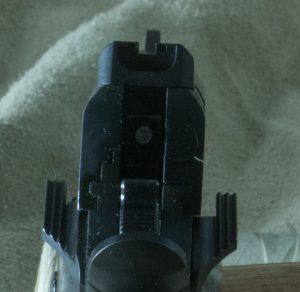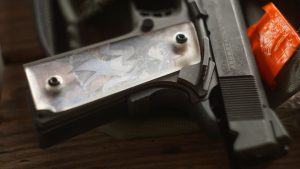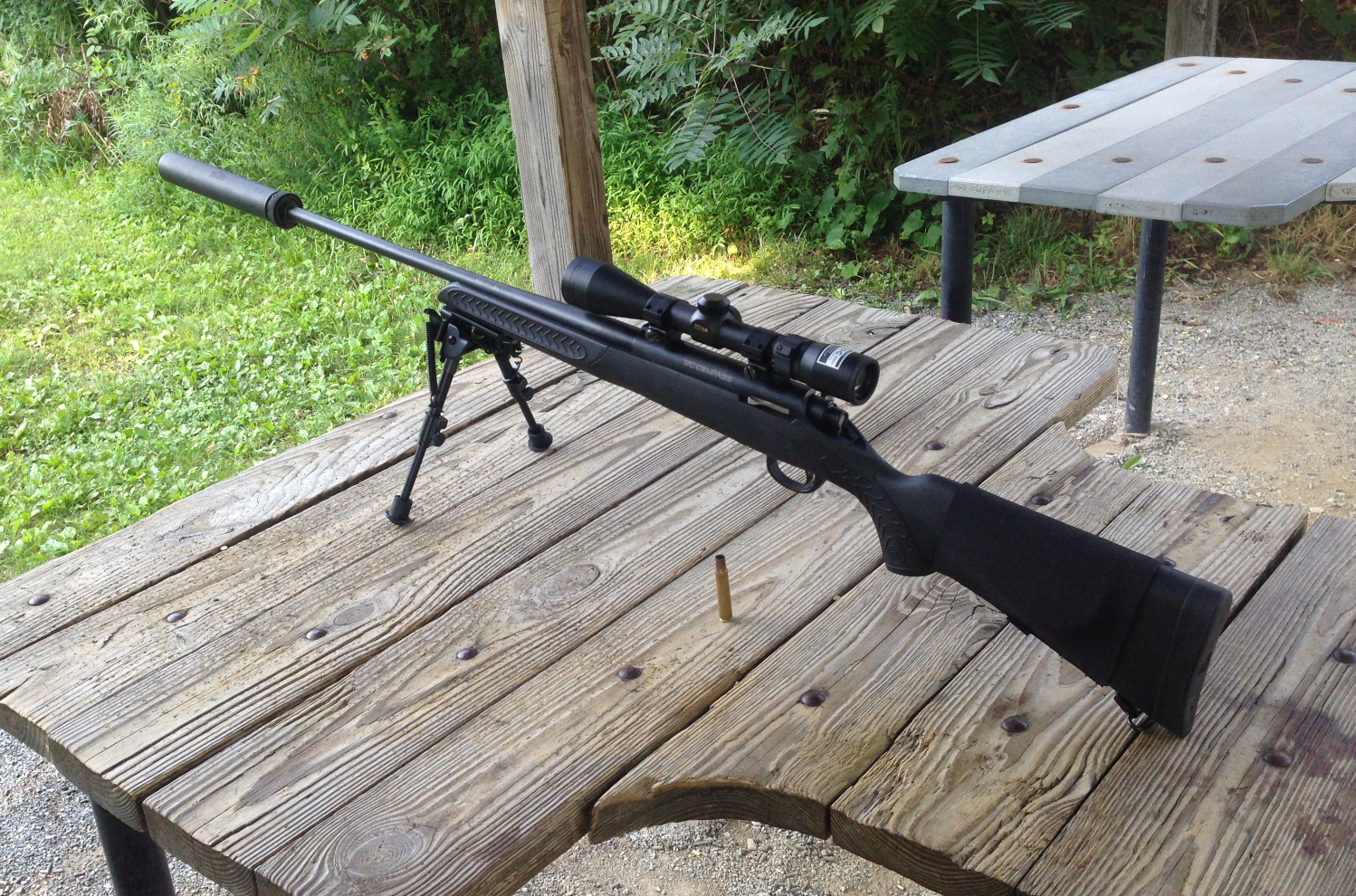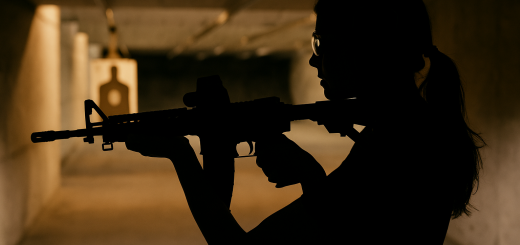RIA 1911 – Is It Worth It?
The 1911 is quite literally one of the most iconic firearms to be made here in the US. The M1911 is a single-action, semi-automatic, magazine-fed, recoil-operated pistol chambered for the .45 ACP cartridge. In that time it served as the standard-issue sidearm for the United States Armed Forces from 1911 to 1986. The U.S. produced 2.7 million M1911 and M1911A1 pistols in military contracts during its service life.
Having its origins in the jungles of the Philippines, it was used in World War I, World War II, the Korean War, the Vietnam War, and numerous smaller conflicts. Practically every well-known military figure in this period carried one from the famous Sgt. York to the downright legendary Chesty Puller. The M1911 was replaced by the Beretta M9 pistol as the standard U.S. sidearm in October 1986, but due to its popularity among returning GIs and civilians, it has not completely disappeared unlike many other firearms discontinued from military service.
Due to this, there are many companies still making 1911s, with prices ranging from a few hundred dollars to a few thousand. There also is a strong aftermarket, and practically a cult following for those who own this sidearm.
Since some people don’t want to shell out a large chunk, or all of, of their monthly budget to buy a single handgun, RIA has done a very good job on offering a variety of 1911s in various calibers, frames, tactical and traditional features ranging from around $500-$798 MSRP.
The model I received from RIA for review is linked here: http://armscor.com/firearms/rock-series/rock-standard-fs-matte-nickel-45-acp/
Now let us get to the nitty-gritty of the thing. I really cant do a long-term review of the handgun due to time constraints but I did my best.
Out of the box, it looked decent. despite being a testing and evaluation gun, so it has seen some use.

The slide markings on recently manufactured RIA handguns is much more subtle. Earlier 1911s by Rock Island Armory featured a gigantic logo on the length of the slide.
One of the first things one may notice is the lack of adjustable sights, keeping true to the sights on the original GI model. That being said, the accuracy of the gun does not suffer. The tester, and the editor who owns the same model, were able to get fist-size groups at 25 yards using regular Federal full-metal jacket ammunition. At closer ranges shooting is practically intuitive whether you’re shooting steel or competing in a USPSA match.


When you absolutely must protect Madoka from filthy weaboos.
And keeping with the original GI specs has also paid off when it comes to reliability. There were no problems experienced with the testing model and the editor has put thousands of rounds through his RIA, from cheap jacketed rounds to hollow-points, without a single malfunction. This includes it being used in wet,muddy and downright unusual conditions as the result of it serving as a carry gun that’s been used from winter camping to summer anime conventions.
Now the biggest and “best” news: as you can see above, the newer models no longer have the massive billboard on the side like the older models have. While they make very good guns, especially for the prices they charge, many buyers previously were put-off by the massive advertisement screaming out for their attention, as crass as a billboard for “adult videos” strategically placed near a truck stop. The newer models have a much more tastefully placed logo off near the safety which immensely improves the aesthetics of the gun.

Billboard spotted along the PA Turnpike
Rock Island Armory has a reputation for making reliable handguns at prices that can be afforded by practically anyone, and the standard 1911 model they offer is the perfect example of why they have developed this reputation. If you’re expecting a race gun you naturally are searching in the wrong place, but unlike a race gun their 1911 can be trusted to run with almost anything you jam into it while still being accurate enough for getting your feet wet in practical shooting or score decently well at club shoots. If you want “the quintessential 1911,” this is it.

The editors own RIA 1911 with WWII style pin-ups under the sweetheart grips
Editor’s note: due to personal issues our original reviewer was unable to finish the write-up. The rest of the article was compiled from his notes and from the editors personal experience with the firearm.





